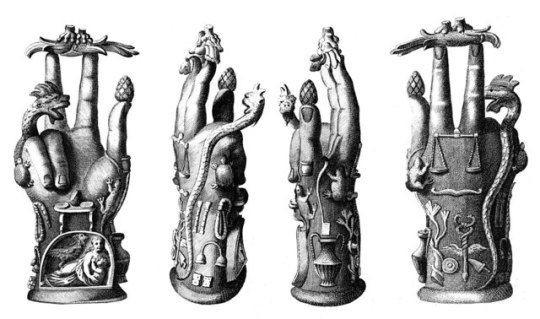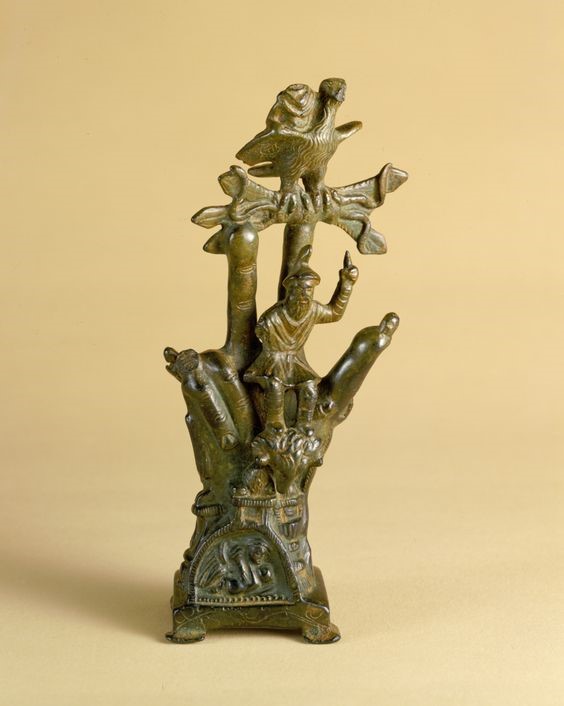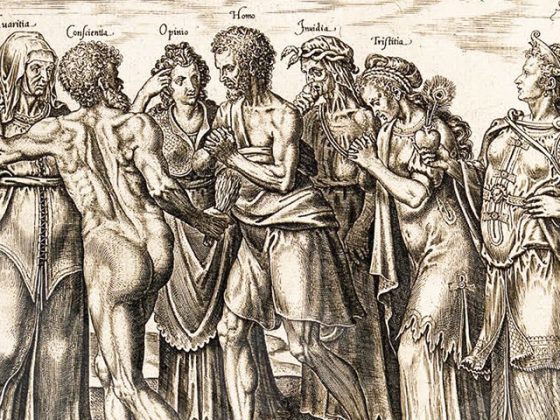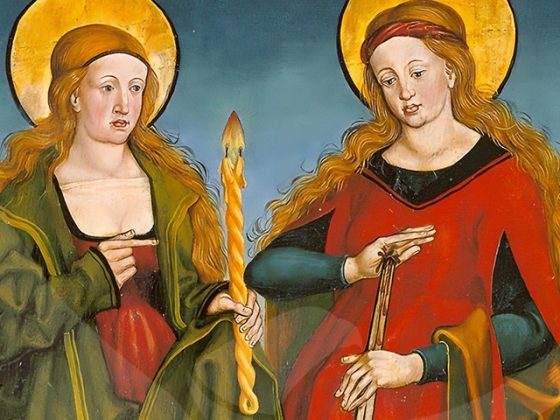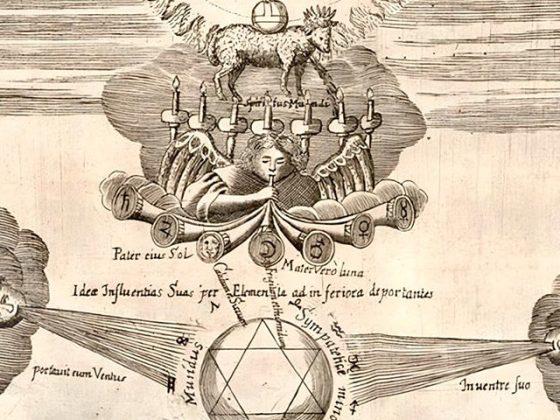Dearest friends:
Today, appreciated readers, I intend to show you a very ancient artistic piece with esoteric connotations. It is an offering that contains a lot of syncretism ─tendencies to join and harmonize opposing currents of thought or ideas─ and also closely linked to occultism. It relates to…
…THE HAND AS DIVINE REPRESENTATION
I have added a comment that I find interesting:
“It is a votive offering to the Phrygian god Sabazius. Votive offering means “an object left in a sacred place for ritual reasons”, and in the case we present it is a human hand adorned with various symbols and with three fingers raised, which is supposed to be carried in processions mounted on a stick. There are several such hands: in the British Museum, in the Louvre Museum, in the Walters Art Museum in Baltimore, etc. All the pieces belong to the time of the Roman Empire, before Christianity ─the years 100-200 BC─. This dating makes the subject all the more intriguing, because the hand with the three fingers raised in the form of a Latin benediction is typical of Christianity.”
Here is a piece found in Pompeii in 1954 and preserved in the Melbourne Museum:
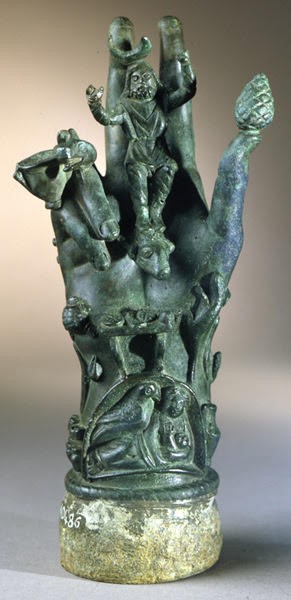
To go into detail we must, first of all, let you know that in many places and in many times we have seen objects similar to these hands full of symbols. This is because the hands represent the divine will, and especially the right hand. In the case of primitive Christianity, centuries after the ascension of the V.M. Aberamentho hands were carved in his honor showing the three fingers: thumb, index and middle, in an attitude of representing the three primary forces of Creation ─namely: the Father, the Son and the Holy Spirit─.
The hand of our theme is used to show the strength and wisdom of a pagan divinity called Sabazius, whom we can see wearing on his head a Phrygian cap ─symbol that was later taken by Freemasonry to indicate triumph─. Such a cap, in the engraving shown above, is crowned by a crescent moon to denote fecundity and active forces. The feet of this divinity rest on a ram's head, thus signaling that this divinity is above the Luciferian force. Likewise, it is good to point out that in the thumb of this hand we see a pineapple, which comes to symbolize that the fertility of Venus has germinated, because the thumb in the hand represents Venus in palmistry.
On the wrist of this hand you can clearly see a woman lying down breastfeeding a baby. This symbolizes that the three divine forces guide all gestation and the birth of blessed souls. This woman is in a kind of cave, in the same way that Mary, the Mother of Jesus, had her son in a manger, that is, surrounded by simplicity, plainness and, at the same time, removed from the worldly bustle and all that it entails.
Above the aforementioned cave there is a tray with offerings. This alludes to the fact that divinity offers his mercy to everyone who needs it. Also, we can see a serpent that, curiously, seems to have a rooster's head. This represents the very ancient Gnostic symbol of Abraxas. That serpent represents fire and its rooster-shaped head points to the GAIO of the Gnostics, or bird that in ancient symbology was considered the nuncio of the Sun. But, on the other hand, in the lower engravings we can see that said serpent extends along the ring finger and seems to be drinking liquid from a vase. The ring finger, in palmistry, points to the planet Mercury, and it is precisely with the transmutation of the Philosophical Mercury that the Sacred Serpent Devi-Kundalini feeds. We point out that we also see another serpent coiled to a branch, which symbolizes the coiled fire in our vegetal nature, speaking alchemically. On the other hand we also see a winged caduceus, an instrument that alludes to the Ida and Pingala channels located on both sides of our spine.
Observing this object we also see an amphora representative of the female yoni, a knife that reminds us of the death of the “I”, and frogs or toads and a turtle, very frequently found in monuments belonging to primitive cultures and that have always been related to the spermatic waters of the first instant…..
In the lower engravings we can contemplate as part of this sacred object a scale, because the inner work must always be made according to the weights and measures of the transmutatory art…
We attach other examples:
Drawings by Sabacio, Museum Carrafa. God Sabazius, Saint Louis Art Museum.
In this other sculpture, also related to the God Sabazius, Sabadius or Sabo, we see him again represented but carrying upon himself an eagle, which has always represented the Eternal Spirit or Real Being in the East and the West.
It is necessary to tell you that this divinity was a deity of Asia Minor and was considered the Horseman God and heavenly Father of the Phrygians. Phrygia was a region of Asia Minor that occupied most of the Anatolian peninsula, in the territory that now corresponds to Turkey. Thrace was a region of southeastern Europe, now comprising part of European Bulgaria, Greece and Turkey.
This cult spread from Asia Minor to Thrace and reached Athens toward the end of the sixth century BC. In the imperial era of Rome it spread to the west of the Empire. The transfer of Sabatius to the Roman world seems to have been largely mediated by Pergamum and the cult of Zeus Sabatius. In the Indo-European language, like Phrygian, the element Zios in its name derives from Dyeus, the common precursor of the Latin Deus, ‘God', and the Greek Zeus… Therefore the Greeks interpreted the Phrygian Sabatius as Zeus or Dionysus. References to the cult of Sabatius are found in the comedies of Aristophanes, which emphasize the non-Greek character of the God and the use of rituals full of emotion and accompanied by lively music.
Let me now give you some sentences for reflection:
“There is no doubt that true devotion is the source of tranquility.”
La Bruyere
“Carefully conceal your devotion and, for the rest, never show on the outside but what you truly feel on the inside. As for customs, do not do anything that cannot be done in front of everyone.”
Saint Teresa
“Heaven always favors the just request.”
Cervantes
“The greatest piety is the most secret.”
Sterne
“The world would be an orphan if it did not have God.”
Shattersbury
DO UTIDES.
─‘I give that you may give’─.
KWEN KHAN KHU


